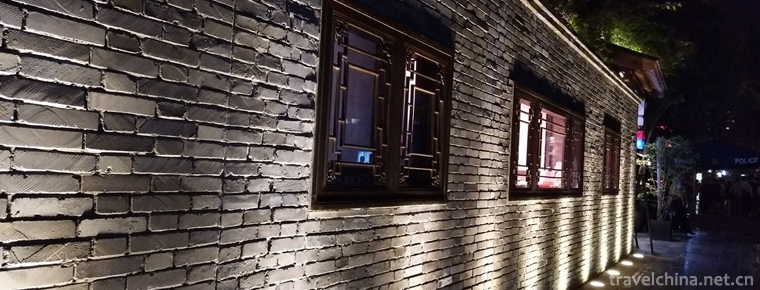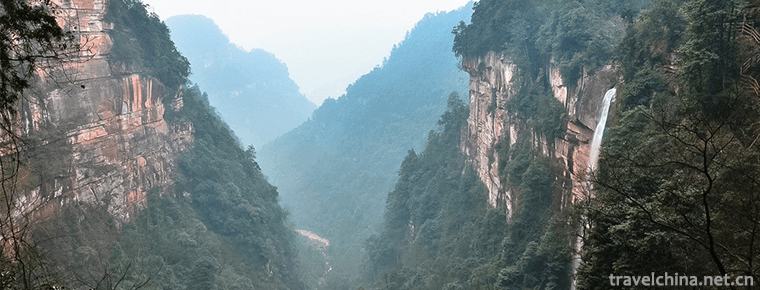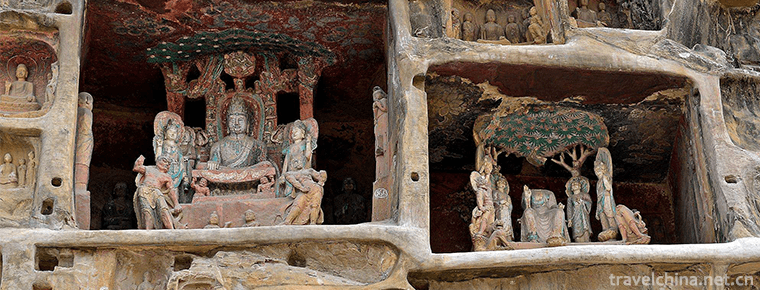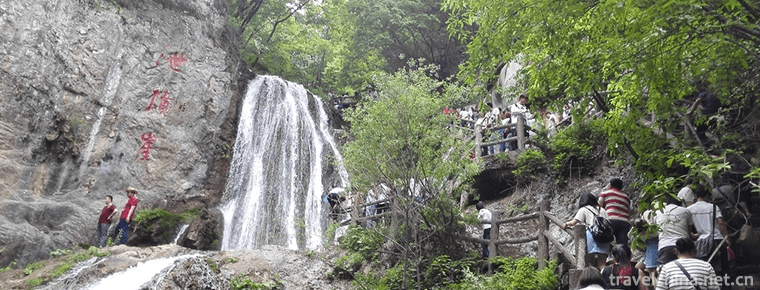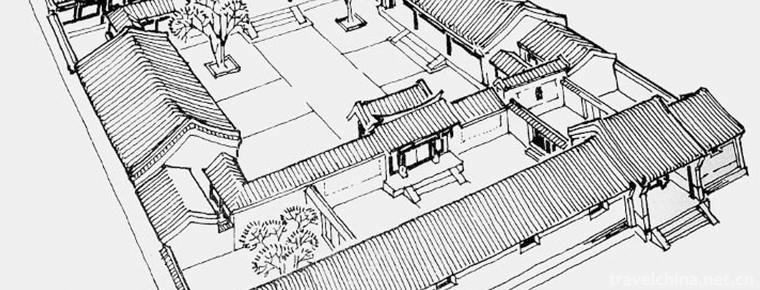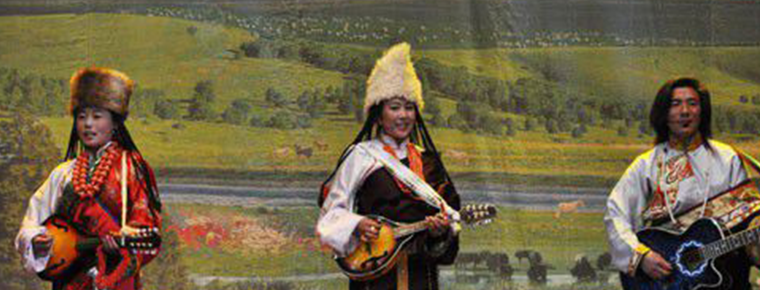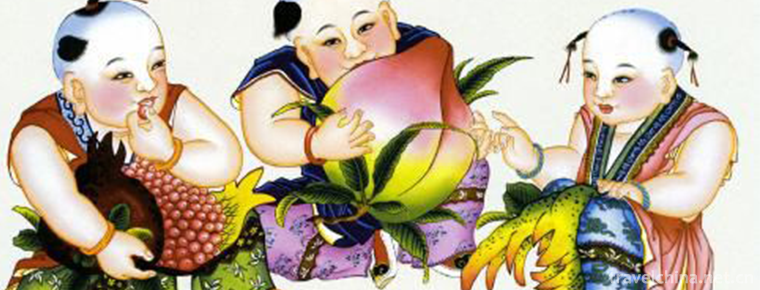The Story of Barragan
The Story of Barragan
Stories of witty figures of the Mongolian people in China. Long-term spread in Inner Mongolia, Xinjiang and other Mongolian areas. The protagonist Balagan Cang is the representative of the working people of the Mongolian nationality, who is smart, witty, humorous and witty. Barragan sympathizes with the people's suffering, advocates justice everywhere for the poor herdsmen who have been insulted and damaged, and directs the struggle against the brutal and decadent rulers of monks and customs and their ideology - religious superstition and feudal ethics and morality. Bureaucrats, herdsmen and the upper class persecuted him by adding "hooligans" and "deceivers", but each time he was wittily defeated. Among the poor people, Barragan was welcomed and praised everywhere.
On June 7, 2008, it was approved by the State Council to be included in the second batch of national intangible cultural heritage list.
Inheritance significance
The Story of Balagan Cang is a large-scale satirical and humorous story group of Mongolian people, whose main character is Balagan Cang. "Balagan Cang" is a person's name. Mongolian means "rich language" or "treasure house of wisdom". The Story of Balagan Cang is a representative work of Mongolian folk satirical literature. It belongs to the same category as the Tibetan story of Agutongba and the Uygur story of Avati. Balagan Cang is not a real person. He is an ideal figure created by the Mongolian working people according to their imagination. In Hulunbeir, Horqin, Ordos, Qinghai, Gansu and Xinjiang, Mongolian inhabited areas, as well as Buryat, Mongolia and Russia, widely spread "The Story of Balagan Cang".
Historical origin
Barragan sympathizes with the people's suffering, advocates justice everywhere for the poor herdsmen who have been insulted and damaged, and directs the struggle against the brutal and decadent rulers of monks and customs and their ideology - religious superstition and feudal ethics and morality. Bureaucrats, shepherds and upper lamas persecuted him for adding "hooligans" and "deceivers", but each time they were wittily defeated by him. Among the poor people, Barragan was welcomed and praised everywhere. "Where the wind blows, people know the name of the barrage. Wherever Balagan Cang goes, there are many friends in his home. "He is a person with a very deep mass base.
The stories show that Barragan used witty and humourous "lies" as a means to satirize bureaucrats, wealthy owners, great lamas and treacherous businessmen in the feudal era, to express the anger and hatred of the people towards them, and to express the beautiful ideal of justice overcoming evil.
Story content
The main stories are "snuff bottle in the bottom of the well", "repayment of principal and interest" and so on. Payment of principal and interest tells us that in order to punish usurers, Barragan went to his house to borrow lice.
In the old times, both Noyen and the Great Lama wanted to believe in Buddhism and do good, hoping to gain the respect and love of the people through false benevolence and righteousness. Because of Barragan's reputation for cleverness, wit and wit, some powerful and villainous officials deliberately found him to use some difficult problems to make him difficult. As a result, they were often teased to destroy their prestige and amuse themselves.
The story "Working for a Miser and Adhering to Three Habits" tells us that there is a miser who is very strict with his employees, although his cattle and sheep are all over the hillside. Barragan applied to revenge the employees.
Story background
Balagan Warehouse is a Uliger with the theme of shaping ideal characters and spreading national wisdom. Balagan Cang is not a real person. He is an ideal figure created by the Mongolian working people according to their wishes, and a representative of wisdom. In Mongolia, because people of different regions and times call some stories they have created as stories of Balagan Cang, new stories are constantly emerging and a large group of stories with distinctive features is gradually formed.
Commented on the story
Barragana's story uses exaggerated and grotesque irony to expose the whipping of villains and ugly things. It is funny, humorous and shines with wisdom. Its language is fresh, simple and sharp. The plot structure has the characteristics of riddles. It often sets the finishing touches at the key points or at the end of the story. Once a point is broken, it is full of interesting and makes the readers understand the profound truth in the laughter.

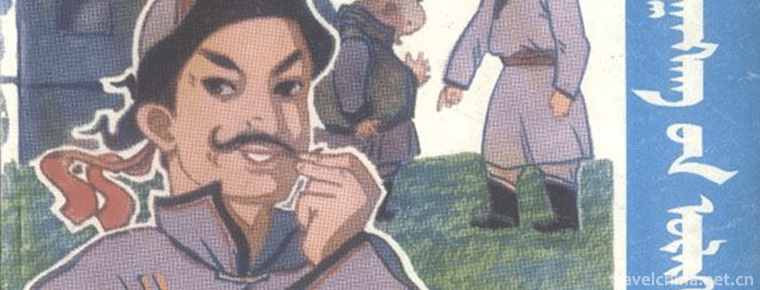
-
Kuan and Zhai Alley
No. 127, ChangShun Street, Qingyang, Chengdu, Sichuan, China.
Views: 227 Time 2018-09-29 -
SiMian Mountain Scenic Area
The Simian Mountain is located in the remnants of the northern slope of Dalou Mountain in Yunnan-Guizhou Plateau, which is an inverted mountain in geology. Located in the south of Jiangjin District of.
Views: 188 Time 2018-12-12 -
Xingwen sea
Xingwenshihai is located in Xingwen County, Yibin City, Sichuan Province. It is located in the transition zone between Sichuan Basin and Yunnan-Guizhou Plateau. Its total area is about 156 square kilo.
Views: 235 Time 2018-12-24 -
Qianfoya Scenic Spot
Guangyuan Qianfoya is the largest grotto group in Sichuan Province. The statues of cliffs began in the Northern Wei Dynasty. After nearly 1500 years, the cliffs, which are 45 meters high and 200 meter.
Views: 111 Time 2018-12-26 -
Chongdugou Scenic Area
Zhongdugou Scenic Area, located in Luanchuan County, Luoyang City, Henan Province, was given the name of emperor because Liu Xiu, Emperor Guangwu of the Eastern Han Dynasty.
Views: 200 Time 2019-03-18 -
Traditional Building Techniques of Beijing Siheyuan
Beijing quadrangle traditional craftsmanship, Beijing local traditional handicraft, one of the national intangible cultural heritage..
Views: 661 Time 2019-04-04 -
Buyi Folk Songs
Bouyei folk songs have special features, such as ancient songs, narrative songs, love songs, wine songs and labor songs; solo, duet, chorus and duet in form; tunes are divided into major and minor. Ev.
Views: 143 Time 2019-04-04 -
Zamuni of Tibetan Nationality Playing and Singing
"Zamuni" is also called the Six Stringed Orchestra, a traditional Tibetan plucked instrument. Mainly spread in Lhasa, Shannan, Ali, Lazi (Bahir), Sakya, Angren, Dingri and other places.
Views: 115 Time 2019-04-15 -
Wooden drum dance
Wood drum dance is a kind of folk dance that is spread among the Miao, Yi and Wa people in southwest China to dance and sacrifice by beating wood drum. Its drum shape is mostly to intercept the trunk .
Views: 198 Time 2019-06-06 -
Taohuawu Wood Engraving New Year Picture
Taohuawu New Year Picture is a Folk Woodcut New Year Picture in the south of the Yangtze River. It was named for its production in the area of Taohuawu in Suzhou. It and the woodcut New Year pictures .
Views: 117 Time 2019-06-18 -
China Agricultural University
China Agricultural University (China Agricultural University), referred to as "China Agricultural University", is located in Beijing City By Ministry of Education of the People's Republic of.
Views: 183 Time 2019-12-21 -
The origin of Panzhihua
Panzhihua is located on the Bank of Jinsha River. It was originally named shangxiaba village. It was formed around the 8th year of Tongzhi reign of Qing Dynasty (1869). Because there is an old and tall Panzhihua tree at the entrance of the village, it is called "Panzhihua village"..
Views: 140 Time 2020-12-14
